The history of CIAM is the history of the domestic aviation engine building and an integral part of the history of the development of Russian aviation. Since its founding in 1930, all domestic aircraft engines were created with the direct participation of the Institute and were fine-tuned at its stands. CIAM is a fundamental scientific organization - several world-class scientific schools were created at the institute, whose work determined the development of the industry for decades to come.
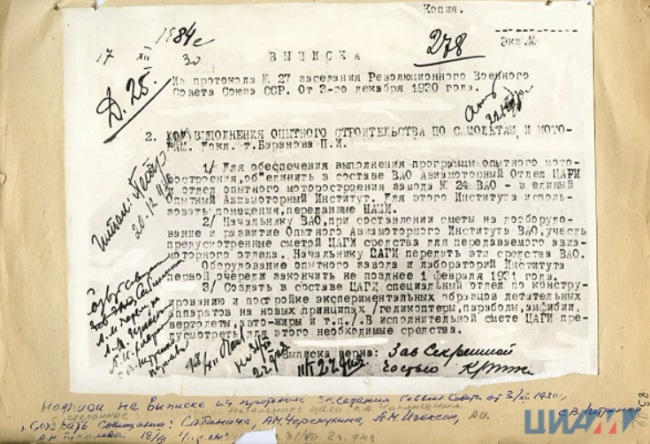
CIAM was created on December 3, 1930, as a result of the merger of the propeller engine department of Central Institute of Aerohydrodynamics and the department of experimental engine building of the aviation plant named after M. V. Frunze to a single Institute of Aviation Motors. By order of the People's Commissariat of Heavy Industry No. 435 of June 29, 1932, the Institute of Aviation Motors was renamed into the Central Institute of Aviation Motors - CIAM. In September 1933, CIAM was named after the Deputy People's Commissar of Heavy Industry Pyotr Ionovich Baranov, who made a significant contribution to the development of the aviation industry of the Soviet Union.
In its work, the new institute has united the country's creative forces in the field of aircraft engine building. Design departments are beginning to form, which are conducting a full-fledged development of aircraft engines. From 1930 to 1935, the institute created, in particular, the M-34 - the most powerful aircraft engine of the USSR of that period, which allowed the crews of Gromov and Chkalov to make a series of heroic flights, including to the USA through the North Pole, as well as the AN-1 aircraft diesel, which technologies were used in the famous V-2 for the legendary T-34 tank.
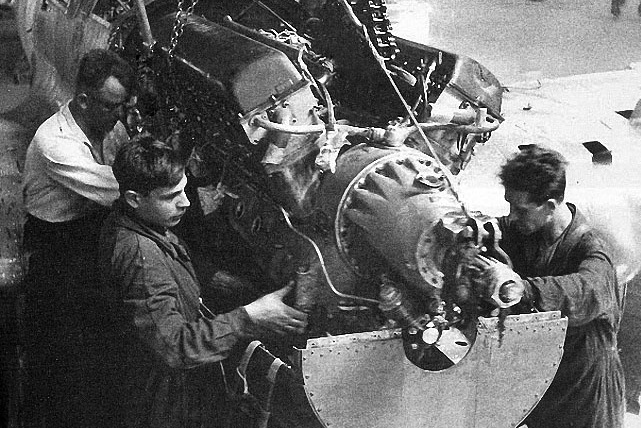
Over time, from the design of individual engines, the institute moved to research work on general issues of engine building: workflow, strength, control system, fuel supply, superchargers, variable pitch propellers. Design work is transferred to the new engine-building design bureaus, and the institute employees are in charge of most of them. A special place is taken by the work of CIAM to increase the power and altitude of engines during the World War II, as a result of which the Soviet aircraft engine industry achieved a qualitative superiority over the German.
In the post-war years, the institute created the most powerful in the world, at that time, AM-3 jet engine for Tu-16 and Tu-104 aircraft.
From the mid-50s to the mid-1970s, jet aviation in the USSR was going through a period of rapid development, the basis of which was the creation of a turbojet engine of the 2nd and 3rd generations. During these years, with the participation of CIAM, such engines were created as the NK-12, which still remains the most powerful theater in the world, and the R11F-300 TRDF for the MiG-21, which had 2.5 times fewer stages than its American analogue J79 for F4.
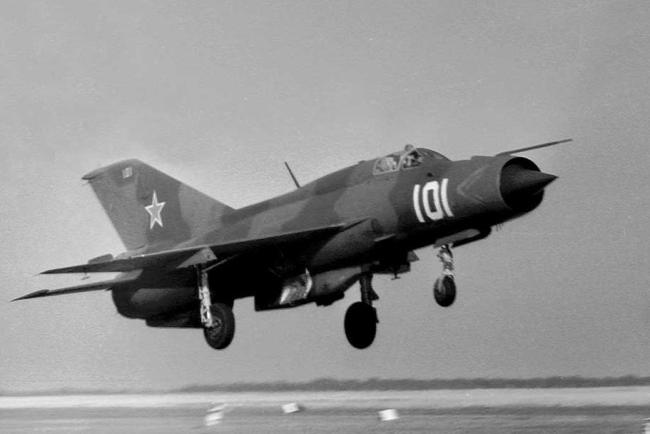
The most important event of this period was the creation in 1953 of the CIAM Research and Testing Center in Turaevo - the largest experimental base for aircraft engine building in Europe. Until 1991, more than 900 engines were tested at the stands of SIC CIAM.
1970 - 1990 - the heyday of the aviation of the USSR, in almost all positions reached the world level and often outstripped it. During this period, jet engines of the 4th generation were created, which claim the laurels of the best engines of manoeuvrable aviation of the 20th century.
From 1990 to 2000, difficult times came for the whole country and for CIAM itself. In the new economic conditions, the question arose about the survival of the industry. Thanks to the dedication of the employees and the perseverance of the management, it was possible not only to preserve the core competencies of CIAM, but also to develop them in accordance with the requirements of the time.
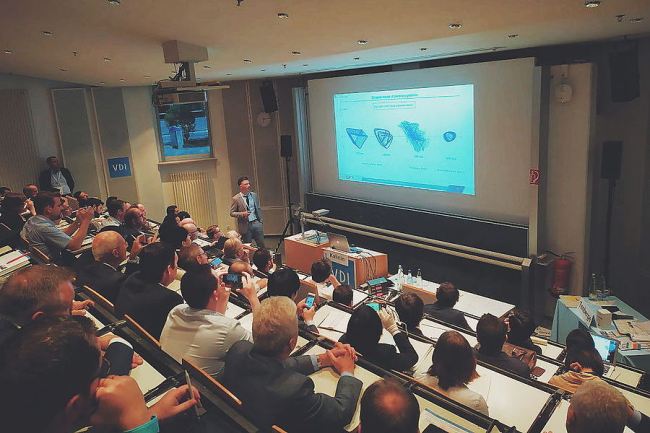
On November 28, 1991, the world's first flight test of the S-57 hypersonic ramjet engine as part of the Kholod hypersonic flying laboratory took place, which was the result of many years of CIAM research in this area. The interest in this event in the world was such that the tests continued with the participation of scientific organizations of the USA and France. This served as an impetus for a sharp intensification of the international cooperation of CIAM, which should be attributed to the positive results of these years.
20 years of the new century for CIAM passed under the banner of overcoming the crisis and developing technologies for the future. The PD-14 engine, the first Russian 5th generation aircraft engine installed on the new MC-21 passenger aircraft, has become a symbol of the industry's revival. At CIAM, work is underway to create a scientific and technical reserve both for this engine and for the future until 2050.
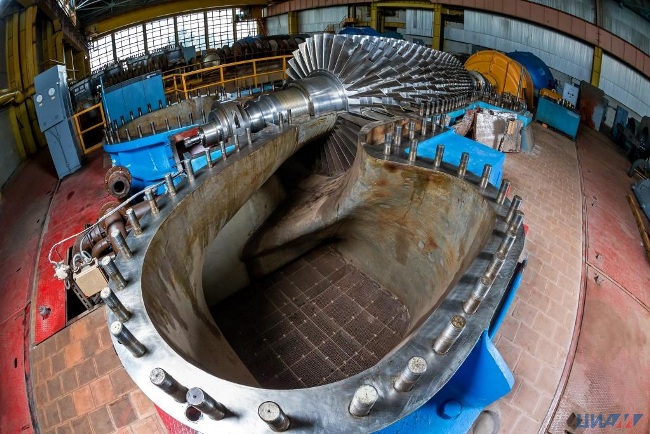
As part of the project to create another promising high-thrust engine PD-35, CIAM, together with UEC-Aviadvigatel JSC, the Russian Academy of Sciences and industry institutes, participated in shaping the engine's appearance for the head developer and developing a list of critical technologies. The next step is the development of critical technologies for the next stage of research and testing of units.
The Institute successfully combines fundamental scientific research with the practice of participating in the development of advanced aircraft engines, their components and systems, jointly with enterprises in the industry. The main task of CIAM is to provide scientific support for the creation of aircraft engines and the development of aviation science, which would contribute to the creation of advanced competitive aviation technology.
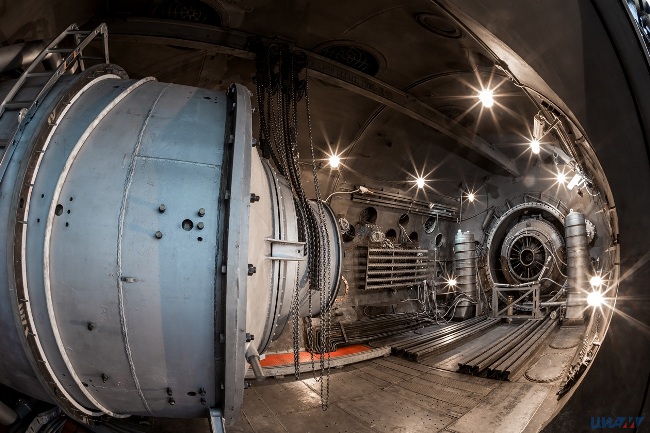
Today, CIAM is working to create an advanced scientific and technical reserve for aircraft, marine and stationary engines, develop new fuels and lubricants, research in the field of renewable energy sources, including hydrogen energy, carry out unique high-altitude and climatic tests of aviation and aerospace engines, work is underway to ensure energy efficiency and energy saving.
The Institute possesses the largest unique complex in Europe for ground and high-altitude testing of engines, their components and systems. The most complex and energy-intensive types of mandatory tests of aircraft engines that reproduce full-scale operating conditions (altitude, speed, temperature, humidity, etc.) can be performed in Russia only at the stands of the Scientific Testing Center (SIC) of CIAM.

CIAM is accredited by the Federal Air Transport Agency as a technically competent and independent Certification Center for Civil Aviation Facilities. CIAM also participates in the implementation of the state program of the Russian Federation "Development of the Aviation Industry for 2013-2025", in the work of the Technological Platform "Aviation Mobility and Aviation Technologies", and also in updating the plan of activities of the Research Center "Institute named after N.Y. Zhukovsky ”, together with the organizations that make up it.
The role of CIAM, as the leading research institute of the industry, is not only the status enshrined in the documents, but also the authority that cannot be created by any regulations. This is the result of many years of work of thousands of people, including the names who glorified the national science and technology, academicians, general and chief designers of leading design bureaus: V.S. Avduevsky, S.S. Balandin, A.A. Bessonov, V.A. Dobrynin, V.A. Dollezhal, K.N. Zhdanov, M.V. Keldysh, V. Ya. Klimov, P.A. Kolesov, V.A. Konstantinov, S.A. Kosberg, A.M. Lyulka, N.G. Metskhvarishvili, A.A. Mikulin, G.I. Petrov, G.P. Svishchev, L.I. Sedov, S.V. Serensen, B.S. Stechkin, S.K. Tumansky, E.V. Urmin, V.V. Uvarov, O. N. Favorsky, A.D. Charomsky, V.N. Chelomey, G.G. Cherny, A.D. Shvetsov, V.M. Yakovlev.
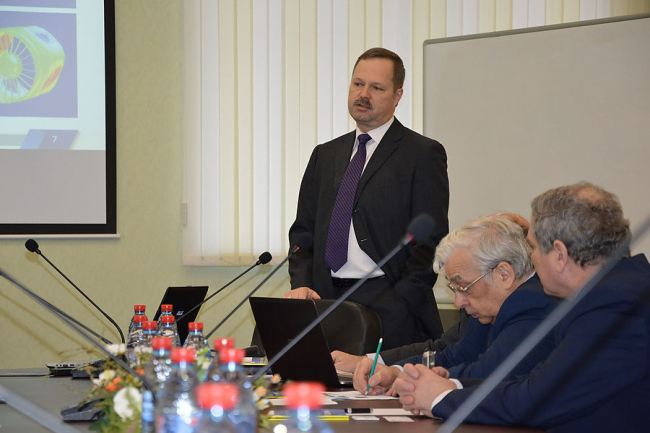
CIAM employs a large group of eminent scientists - heads of scientific schools, whose works are in the field of physical and technical problems of energy, hypersonic technologies, boundary layer theory, turbulence, combustion and thermal conductivity, conductive gas flow, gas dynamics of blade machines, dynamics and strength, theory of engines , high-level mathematical modelling, high-energy fuel, aviation chemotology and other disciplines widely known in Russia and abroad.
